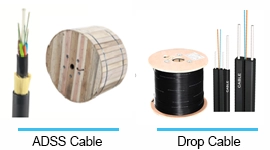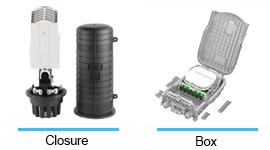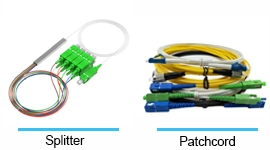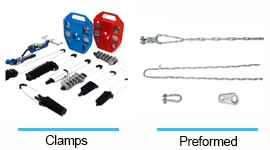Fiber Adapter



Fiber Connectivity
Fiber Adapter SC, FC, LC
Fiber optic adapters, also known as fiber couplers, are devices used in fiber optic networks to connect two fiber optic cables together. They provide a means for aligning and joining the fiber ends so that light signals can pass from one cable to another with minimal loss.
We do things differently

Durable Plastic Materials
PC+ABS, ABS

Variety Types
SC, LC, FC, ST, E2000, MPO

High Performance
High qulaity sleeve achevive to IL <0.2dB

Free Sample Availability
Free samples provided for testing and evaluation

Features
- 【Alignment】-They precisely align the cores of the fiber optic cables, which is crucial for efficient signal transmission.
- 【Connector Compatibility】 -Adapters are designed to fit specific connector types (like SC, LC, ST, FC) and can come in different forms like simplex (for connecting one fiber) or duplex (for connecting two fibers).
- 【Low Insertion Loss】-A good fiber optic adapter causes very little light (signal) loss when connecting fibers.
- 【Physical Structure】-Typically, they consist of a small casing with internal mechanisms to hold and align the connectors on either end.
- 【Types】-They are available for different fiber types (single-mode or multi-mode) and different connector types, ensuring compatibility with various network setups.
Applications
They are used to connect fiber optic cables in office buildings, apartments, and homes, especially in setups like Fiber to the Home (FTTH).
In data centers, these adapters are crucial for connecting the fiber optic cables that link servers, storage devices, and network hardware, enabling high-speed data transfer.
They are key components in telecommunication networks, connecting the fiber cables that carry phone, internet, and TV services.
Fiber optic adapters are used in local area networks (LANs) within offices to connect various devices and ensure reliable, high-speed network communication
They are used to connect cables to devices like routers, switches, and modems in various network infrastructures.
Adapters are commonly used in patch panels and optical distribution frames for organizing and connecting numerous fiber optic cables in a manageable way.
For network testing and repair, technicians use these adapters to connect fiber optic cables to testing equipment, helping diagnose and fix issues in the network.
How They Work
Connecting Two Fiber Ends: The primary role of a fiber optic adapter is to hold two fiber connectors precisely in place so that their cores (the very thin, central part of the fiber where light travels) are perfectly aligned.
Alignment Sleeve: Inside the adapter, there’s an alignment sleeve (often made of ceramic or other durable materials) that ensures the fiber cores of the connectors are perfectly aligned. This alignment is crucial for efficient signal transmission.
Minimizing Signal Loss: The adapter ensures that the ends of the fibers are close enough (and properly aligned) so that when light travels from one fiber to another, the loss of signal (known as insertion loss) is minimal.
Physical Connection: The adapter has a mechanism (like a latch or snap) to securely hold the connectors in place, ensuring a stable and continuous optical link.
Compatibility with Connector Types: Adapters are designed for specific types of connectors (like SC, LC, ST, FC) and can connect the same type of connectors (simplex) or two different types (hybrid adapters)..
How They Production
Choosing Materials
- Select materials for the adapter body (usually plastic or metal).
- Choose a material for the inside part that aligns the fibers (often ceramic).


Making the Parts
- Shape the main body of the adapter using a process like molding (for plastic) or machining (for metal).
Putting in the Alignment Sleeve
- Insert the alignment sleeve inside the adapter. This part is crucial for lining up the fibers properly.


Assembling all the parts before for testing
- Assemble the outer part and inner part, as well as welding them be the a whole body
Testing for Quality
- Check each adapter to make sure it’s made correctly and works well. This includes making sure it fits properly and doesn’t lose much signal.


Packaging and Shipping
- Once they pass the tests, the adapters are packaged and sent out to be used in various settings.
Fiber Adapter supplier
Looking for Fiber Adapter for your Project?
Products Shows
What we supply
SC Fiber Optic Adapter
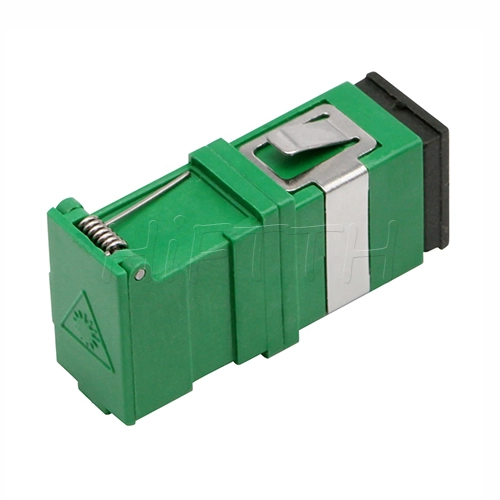
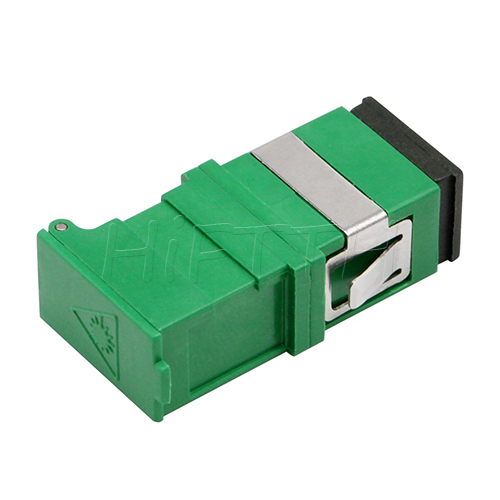
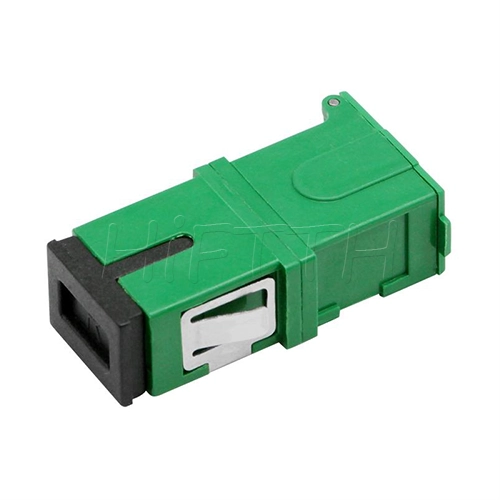
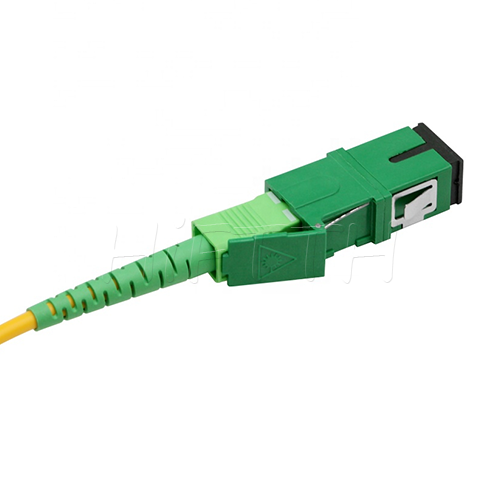
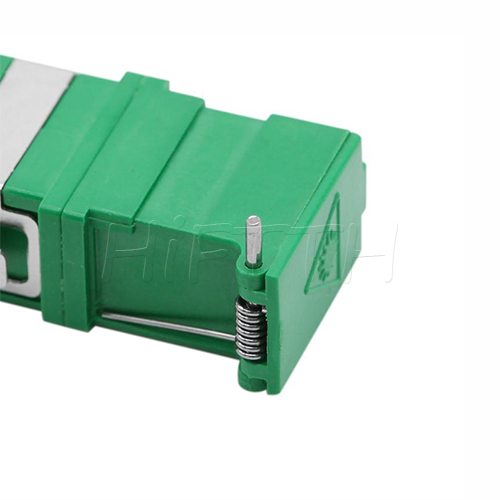
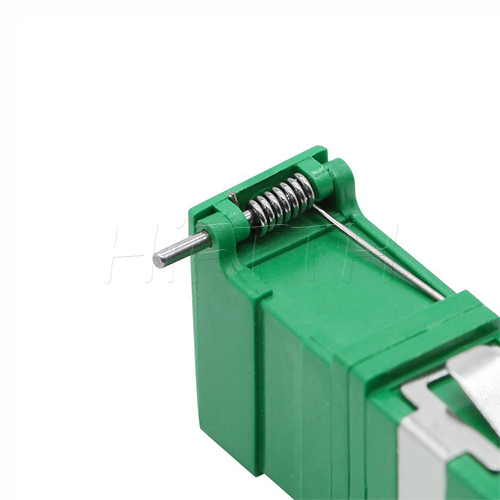



























More be coming
LC Fiber Optic Adapter
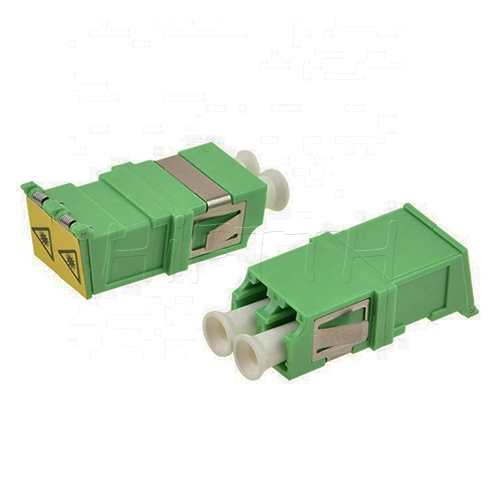
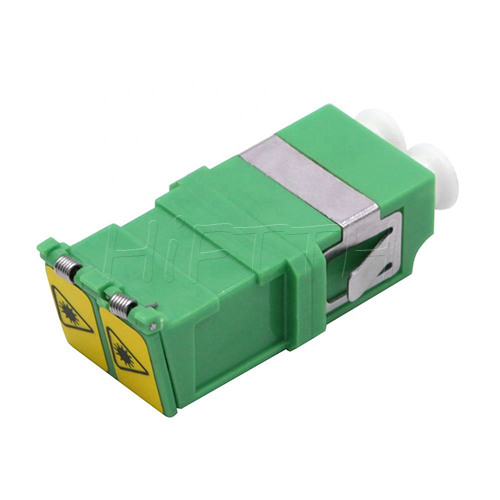
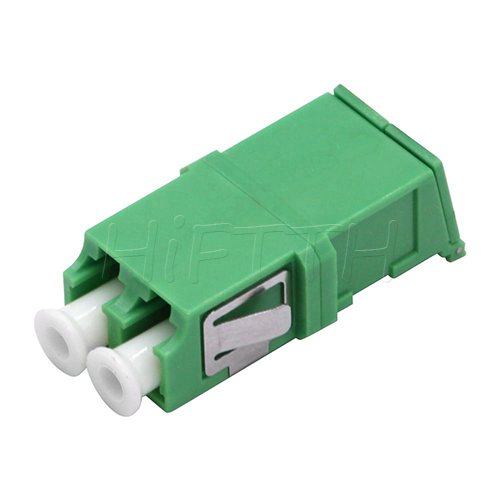
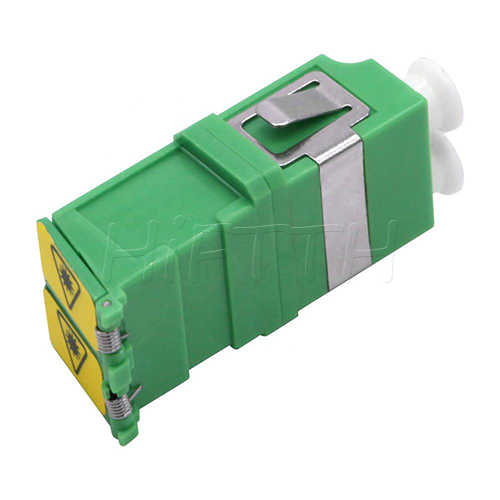
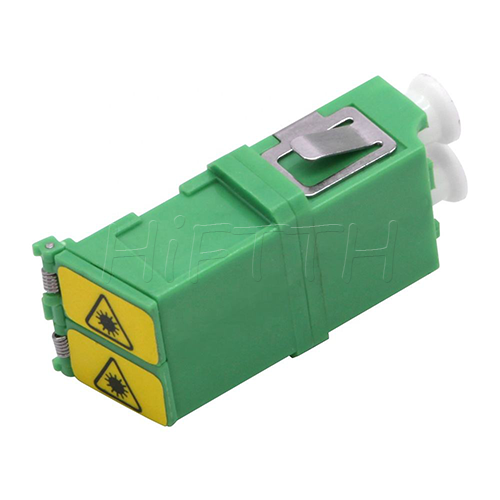































More be coming
FC Fiber Optic Adapter
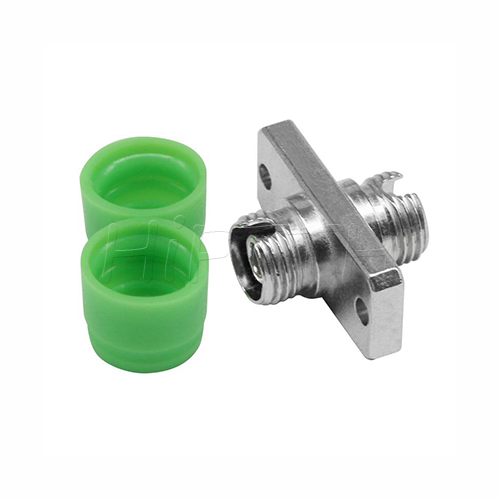
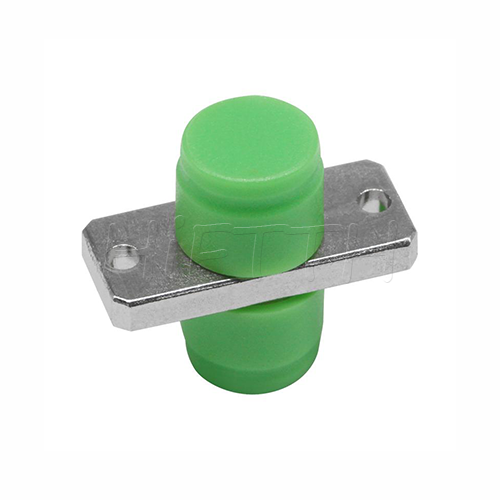
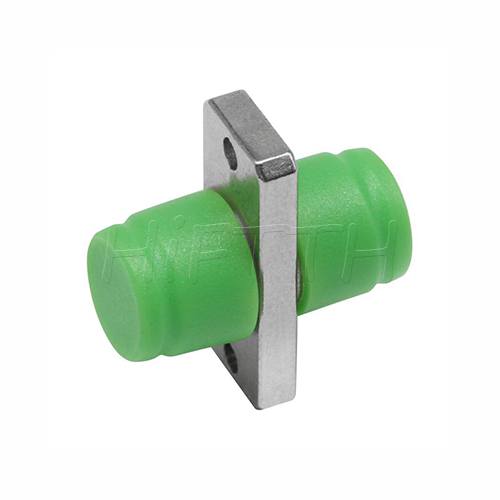
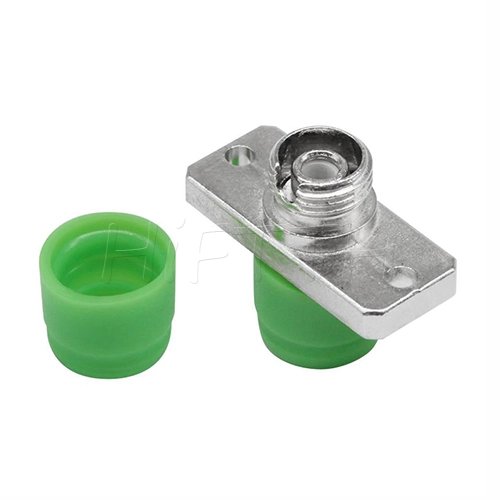
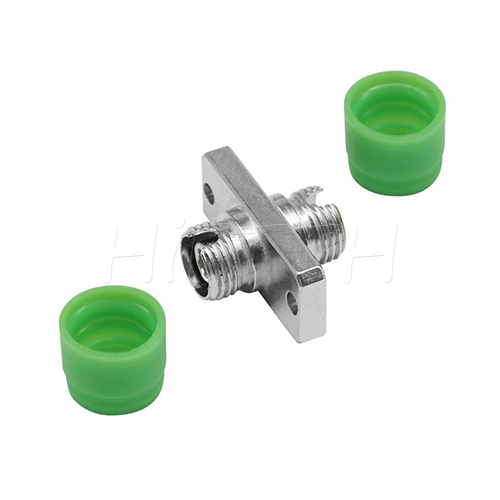













More be coming
ST Adapter & MPO Adapter and more
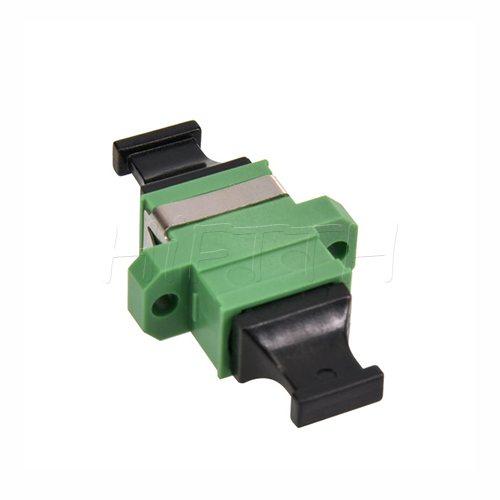
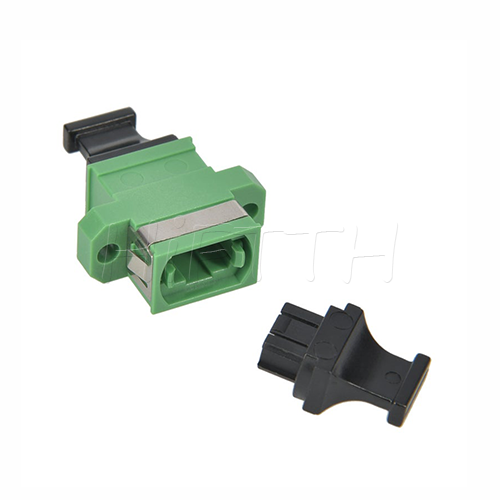
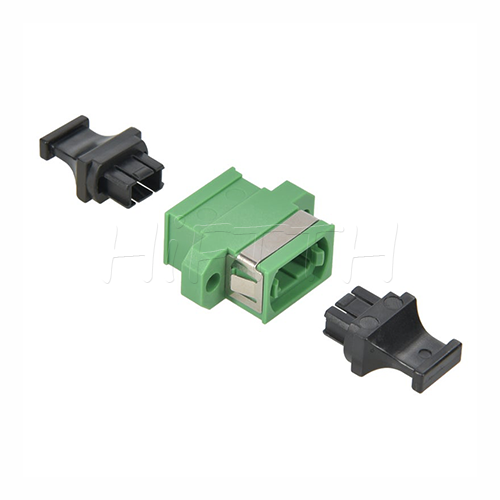
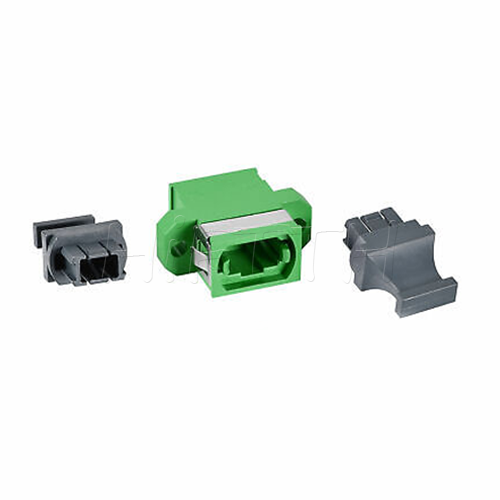
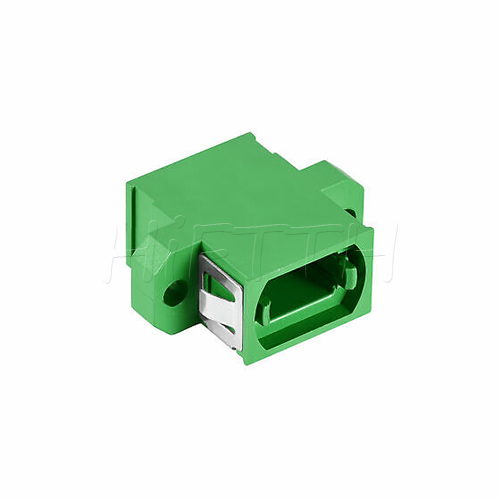
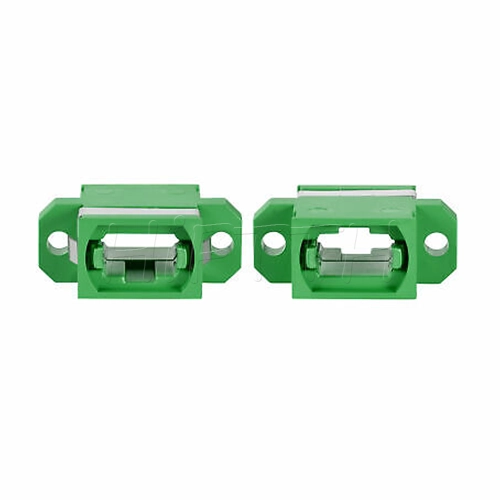













More be coming
You Ask
We Answer
Need help?
FAQs
What are the main types of fiber optic adapters?
Common types include SC, LC, FC, ST, and MPO adapters, supporting single-mode and multi-mode fibers.
What are hybrid fiber optic adapters?
Hybrid adapters connect different types of connectors, such as SC to LC or FC to ST.
What materials are fiber optic adapters made of?
Adapters are typically made from plastic or metal housings with ceramic sleeves for precise alignment.
What is the difference between simplex, duplex, and quad adapters?
- Simplex: Connects a single fiber.
- Duplex: Connects two fibers side by side.
- Quad: Connects four fibers in one adapter.
How do I choose the right adapter type?
Select an adapter based on the connector type, fiber type (single-mode or multi-mode), and application requirements.
What are the key advantages of using fiber optic adapters?
Adapters offer reliable, low-loss connections, easy installation, and long-term durability.
What is the typical insertion loss of a fiber optic adapter?
Insertion loss is typically ≤0.2 dB for high-quality adapters.
Are there adapters for MPO or MTP connectors?
Yes, MPO/MTP adapters are available for high-density connections in data centers and networks.
Can the closure handle both armored and non-armored cables?
As ususal, the fiber adapter do not used outdoor directly. it was instlled into a box or cabinet. It was asist the cable get termination.
Are fiber optic adapters compatible with all fiber types?
Adapters are generally compatible with single-mode and multi-mode fibers, but it’s important to verify specifications.
What factors should I consider when ordering fiber optic adapters?
Specify the connector type only.
What is the lead time for ordering fiber optic adapters?
Standard lead times range from 3-7 workdays, depending on the order size.
What should I do if the adapter does not align properly?
Check for dirt or debris in the adapter sleeve, and clean it using an approved cleaning kit.
How do I clean a fiber optic adapter?
Use a specialized cleaning stick or cleaning solution to ensure the alignment sleeve is free of contaminants.
What is the lifespan of a fiber optic adapter?
With proper use and maintenance, adapters can last for many years without performance degradation.
Can I get customized adapters for specific applications?
Yes, we offer customized solutions, including hybrid adapters and special mounting configurations.
What after-sales support do you provide for fiber optic adapters?
We offer technical support, troubleshooting, and replacement services for any defective products.
Related Products
Your ODN network product assistant

